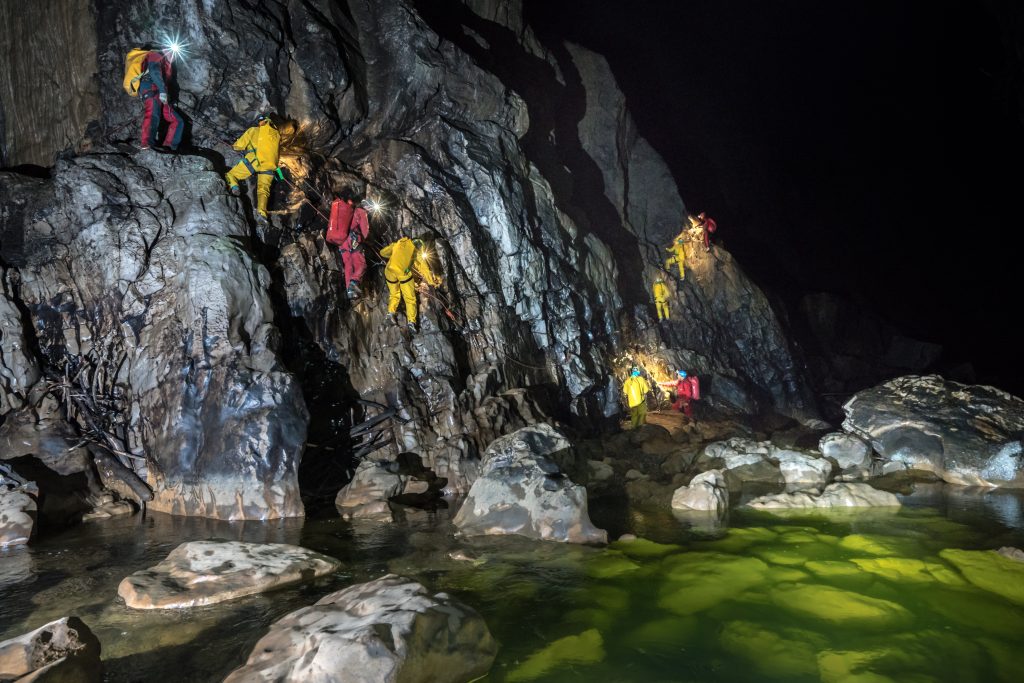Water is the holy grail of any exploration mission. Water is necessary for all life on Earth and a precious resource in space missions. The six astronauts of this CAVES edition will learn how to search for water underground.
Caves are usually formed by running water and ESA picked a cave where rivers flow underground for this astronaut training expedition. There will be an expert on hydrogeology on the team and, for the first time in this particular Slovenian cave, there will be a study on microplastics.
“Not by coincidence this year’s main topic for CAVES is the search for water. The caves we are exploring have rivers that sink underground over long distances,” says CAVES technical course director Francesco Sauro.
The behaviour of waters in the Slovenian-Italian Karst Plateau has been studied by researchers worldwide for over two centuries but there is still much more to learn.
“The genesis of caves, mysterious groundwater flow and subterranean life still pose numerous scientific questions. The astronauts could help us answer them,” says Franci Gabrovšek, karst hydrogeologist and professor at the Karst Research Institute ZRC SAZU in Slovenia.
However, “the main motivation in the search for water was not initially scientific, but a basic one. Local people needed the water to get on with life,” points out Tullio Bernabei, speleologist and CAVES logistics and rigging expert.
Water in underground flowing rivers is often used as drinking water. These waters are vulnerable to pollution, and studying these aquifers is important to understand how to prevent contamination.
Science and exploration
Underground exploration means following air and water flows as telltale signals of paths ahead. Trainers will teach the ‘cavenauts’ how to find and interpret waterways.
Astronauts will carry out several experiments to understand the chemical composition of cave waters, as well as to discover the possible presence of fauna and microplastics.
“Water chemistry is a useful tool to understand the origin and evolution of water through the karst aquifer,” says Franci. He will be by their side to explain why knowing the composition of water and how it travels through the subsurface are important for ecology, pollution and cave morphology studies.

Canadian space agency astronaut Joshua Krutyk practices sample collection before entering the cave. Credits: ESA – A. Romeo
The astronaut trainees will locate water bodies while exploring the cave system, sample water on the spot and analyse it back at base camp. Parameters such as temperature and electrical conductivity will help determine the properties of the cave water.
Scientists above ground will later collect part of these samples to examine them in a laboratory for any presence of microplastics. “It is the first time we look for microplastics in this particular cave,” points out Franci.
“These studies can only be carried out by going into the cave, and it is very important to properly manage the aquifers,” he says.




Discussion: no comments